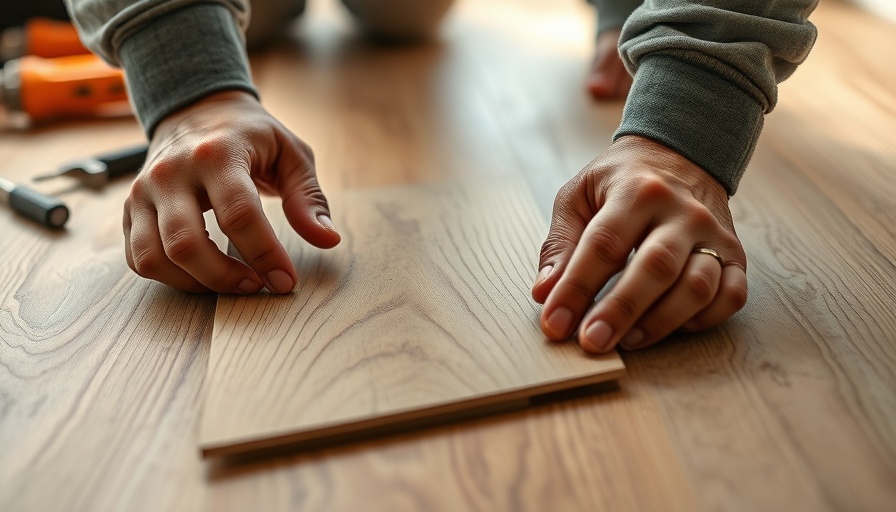
Rising Copper Prices: What Homeowners Need to Know
With new tariffs on the horizon, homeowners engaging in DIY projects and renovations should brace themselves for potentially higher copper prices—a critical component in construction and electrical applications. In the ever-changing landscape of tariffs, how might these developments affect everyday projects and budgets?
Understanding the Implications of Copper Tariffs
Official discussions on copper tariffs stem from an executive order issued on February 25, 2025, which instructs key governmental departments to assess the United States' increasing reliance on imported copper. This deep dive aims not only to enhance national security by mitigating vulnerabilities in supply chains but also to stabilize domestic copper production against market fluctuations. Understanding the attachment of tariffs to copper can help demystify why we might start seeing increased material costs at local hardware or renovation centers.
Why Copper Matters in Home Improvement
You may not realize how pervasive copper is in your daily life. For instance, the average car contains about fifty pounds of copper, and electric vehicles contain over one hundred. Copper is not just an essential element of wires and pipes hidden behind walls; it also appears in decorative features like cabinet hardware and gutters.
Moreover, copper is vital for manufacturing circuit boards and all the electrical components that power our smart devices. In short, copper is integral to our homes and our increasingly technology-driven lifestyles—making its rising prices a point of concern for homeowners everywhere.
What Recent Research Reveals About Domestic Copper Dependency
The executive order notes significant vulnerabilities in the copper supply chain due to rising imports. The study involves analyzing domestic production against foreign sources to understand how the U.S. can better secure its copper supply. While this might seem like a distant concern for the average homeowner, it could directly translate to higher project costs and delays as contractors and DIY enthusiasts alike navigate these changes in supply and demand.
The Future of Copper Production
Experts are voicing concerns about the implications of copper tariffs, emphasizing that "copper is the new crude oil." This underlines the growing necessity and scarcity of copper as demand surges for everything from electric vehicles to renewable energy infrastructure. With the possibility of higher prices looming, homeowners should consider how this could impact not just immediate renovations but future home improvement strategies as well.
Real-Life Impacts on Your Projects
As prices fluctuate due to these tariffs, homeowners should be prepared for possible project re-evaluations. Will you be able to afford that stunning copper sink you’ve been eyeing for your kitchen? Or will rising copper prices necessitate finding alternative materials?
By staying informed and understanding the market dynamics, you can strategize your home improvement plans more effectively, whether that means budgeting differently or seeking out substitutes for copper in some designs.
Embracing Sustainability in Home Renovations
Although it may be tempting to focus solely on cost-effectiveness, now may also be the perfect time to explore sustainable alternatives that might substitute or even enhance the visual appeal of copper in your renovation projects. For example, recycled materials and energy-efficient products not only benefit the environment but can also serve as beautiful alternatives to traditional copper materials in your home.
Next Steps: What Homeowners Can Do
As these tariffs and potential price surges unfold, empower yourself with knowledge. Keep an eye on copper price trends and how they impact both local retailers and contractors. Engage with your DIY community to exchange thoughts and tips on affordable home improvement solutions during this period. With proactive measures, you can navigate these changing waters confidently and successfully!
Call to Action
Stay updated on developments regarding copper tariffs and consider how they might affect your current or future home projects. Taking small steps now can prove invaluable in preparing for potential costs in the near future.
 Add Row
Add Row  Add
Add 




Write A Comment